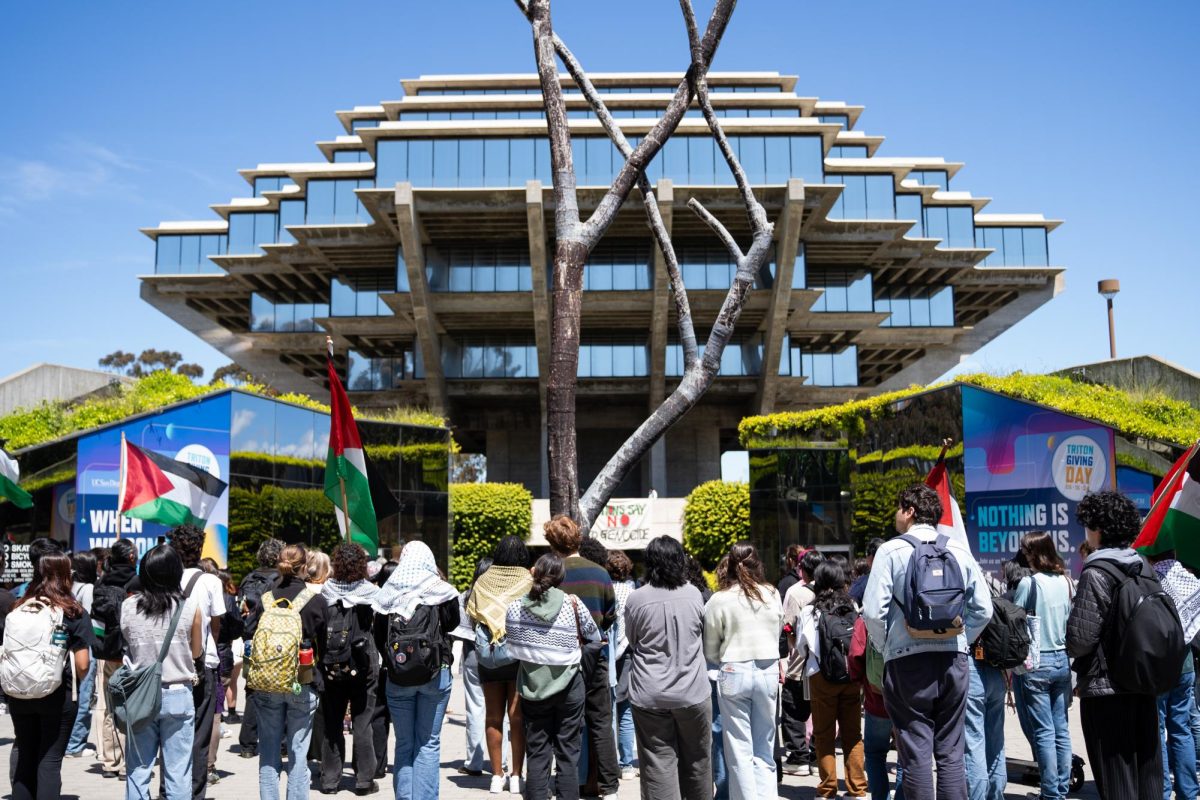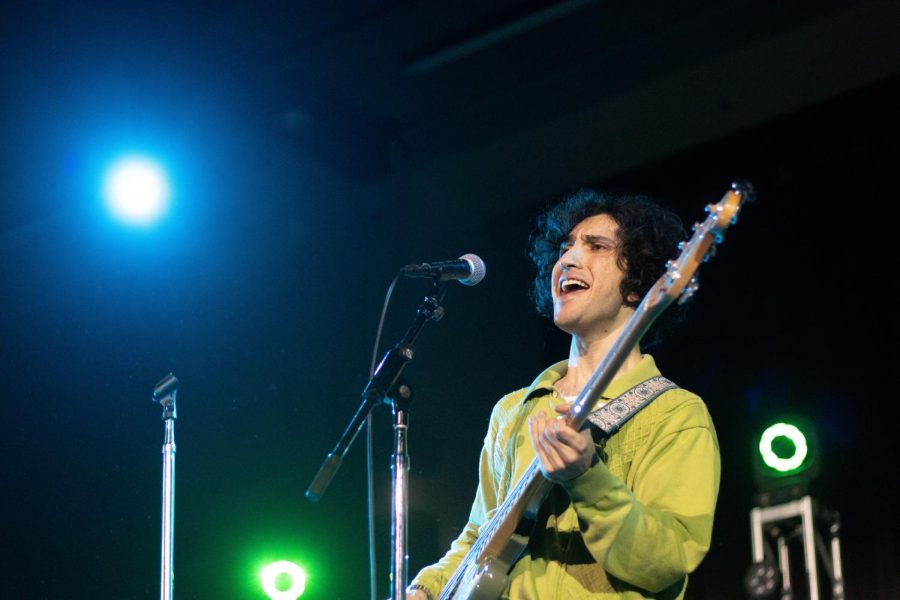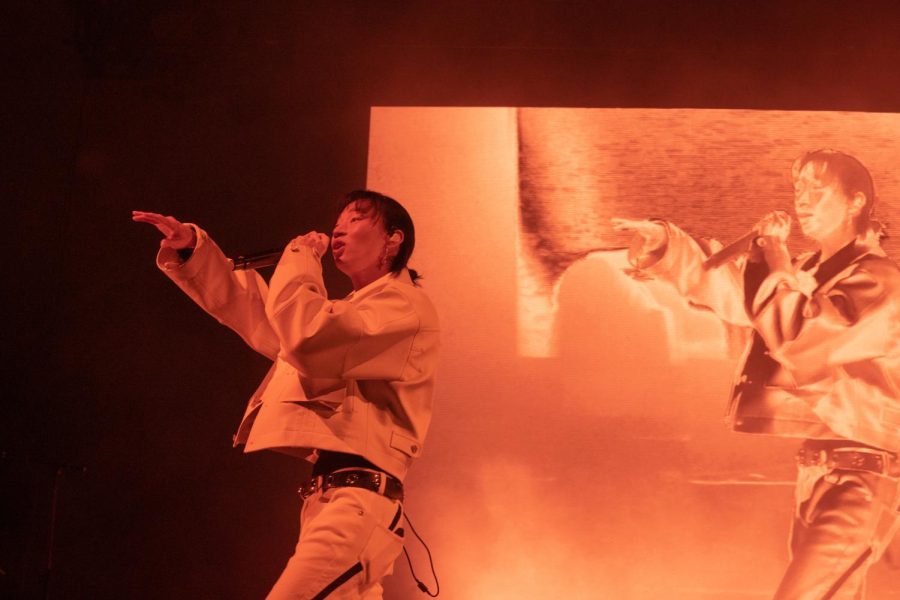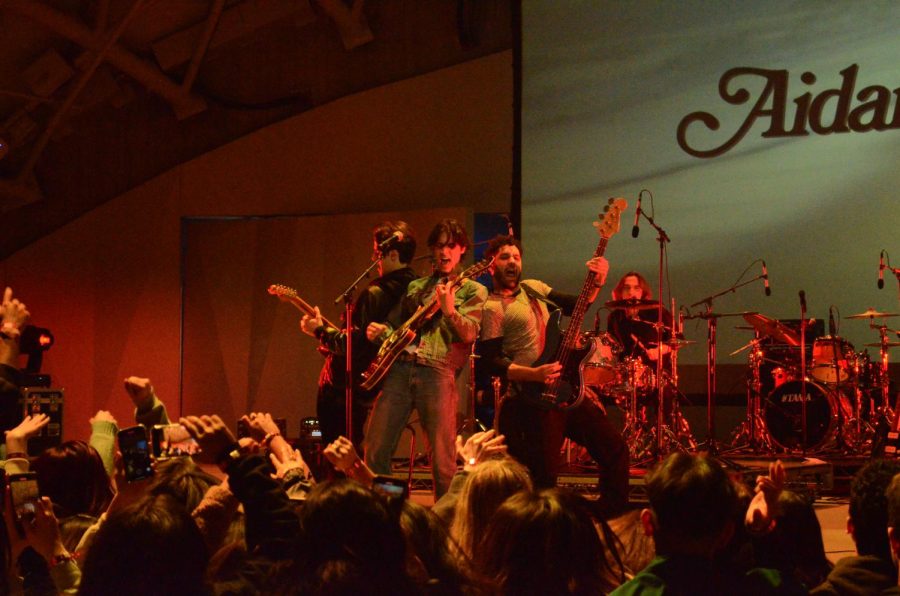“Giza,” we told the driver, piling into the cab in front of
Alfred Megally’s apartment building. It was Nov. 4, and I was still sporting my
handlebar mustache from Halloween. Wearing black skinny jeans, a brown leather
belt studded with Iron crosses and a tight yellow T-shirt reading “Arts
Connection,” I felt even more out of place than I had five days earlier.
Megally, a University of Massachusetts marketing major who
spent the first seven years of his life in Cairo, was dressed in maroon running
shorts and a gray fleece pullover. A comical bright red headband holding back
the ever-expanding afro of black hair barely stole attention from his equally
trashy handlebar mustache. Joining us in our adventure was fellow study abroad
student Becca Brenneis, in a classy, bright blue skirt and touristy brown
cowboy hat with black stitched zigzags rounding the brim. Her white shirt was
decorated with the cast of Peanuts: Woodstock, Snoopy, Charlie Brown, Lucy and
the rest of the gang. We were off to visit the pyramids, hoping to take the
best holiday greeting card photos ever — mocking tourism in our best fashion.
We were nearing the edge of Cairo half an hour later; the
Giza plateau lifted the pyramids above the city skyline ahead of us. An
Egyptian teen hopped onto our taxi’s trunk and as Brenneis and I exchanged
glances, he shouted toward the driver.
It took nearly five minutes of back-and-forth yelling in Arabic from
Megally for our new passenger to leave us on our journey alone.
“What was that all about?” I asked.
“He wanted to show us around the pyramids,” Megally
explained, laughing. Our cab driver fended off another eager guide by telling
him we were going to the hotel next to the pyramids’ entrance. After paying the
student rate of 25 Egyptian pounds and passing through the gate, our situation
rapidly deteriorated. Hardly a moment went by where we weren’t repeating “no
thank you” to offers of desert camel rides, guides or photo requests.
Making the mistake of snapping a quick picture — eagerly
requested by a Bedouin on his camel — I was followed for five minutes while
desperately trying to shake off the demand for “baksheesh,” or tips. Furiously
turning away, my unfriendly pursuer instantly changed his mood as he approached
a family of British visitors with his camel whip in the air. “Mister, mister,
one picture please,” he called again, his round cheeks lifted over a toothy
smile.
As we snapped photos, posing foolishly and laughing
hysterically, a trend started to become apparent: We weren’t being noticed or
gawked at by other tourists. We weren’t drawing attention. Dressed in Bermuda
shorts and brightly colored polo shirts, wearing foolishly huge sunglasses and
safari hats, fellow tourists passed without a second glance. Old men in tall
cowboy hats and women with pink, sunblock-covered noses posed for family
photos, fashion and style of little concern.
Tourists of all nationalities and ages, dressed in all
manners of attire from absurd to chic, pour through the gates each day. The
monuments draw more than five million tourists to Egypt annually, a figure that
continues to rise.
This past summer, a worldwide vote held at the prompting of
Swiss businessman Bernard Weber selected the new “Seven Wonders of the World.”
The Giza pyramids, the only remaining Ancient Wonder of the World, did not earn
a place. Egyptologists protested, prompting the United Nations Cultural
Organization to issue a statement emphasizing it had “no link whatsoever” to
the Weber’s online vote. Nevertheless, the exclusion of the pyramids in the new
World Wonders list is not expected to hamper tourism. Neither are the
frustrations of a day trip to the site.
The nonstop onslaught of peddlers preying on tourists is one
of the biggest qualms from the millions of visitors to the pyramids. Complaints
online are numerous; pyramid reviews are often laden with harsh criticism
complaining about tourist traps, unhelpful guides, lackadaisical police and the
constant ambush of touts — those adept at scamming foreigners. Brenneis and
Megally had similar sentiments.
Brenneis, who spends time horseback riding at the Sakkara
pyramid site (a smaller and less known site 17 miles south of Giza) said the
difference between the two is drastic.
“The Giza pyramids are a tourist trap because everyone has
heard of them. The Sakkara pyramids are a great place to frolic in the desert
with butterflies,” she said. “The Sakkara pyramids are what a trip to the
pyramids should be … Tourist sites in Egypt are more of a way to extract money
out of tourists than national monuments.”
“Persistent camel guides stole the magic of the moment,”
Megally added with a smile.
Another damper on a trip to the pyramids is the 4 p.m.
closing time. White uniformed tourist police herd out wandering visitors who
are still snapping photos. For after-hours views, some choose a camel ride to
the distant, “panoramic” viewpoint.
More adjusted to Egypt’s ways, the three of us chose a third
option. Kindly thanking each officer who approached us and pleading for just
one more minute, we continued to wander for an extra hour. Eventually, the
pyramids cleared, the officers left, the touts headed into the city or out to
the viewpoint with herds of camel-riding tourists. The pyramids settled into an
eerie, deserted silence.
Contrasted against the city, the pyramids began to take on
an orange glow. The sunset reflected off the yellow, five-thousand-year-old
blocks of stone. Satisfied with our photos, we finally headed across the desert
sands alongside the pyramids and out the gates. Stepping onto the street, I
felt foolish again. People stared.
In a few days Megally’s friends and family will be opening
holiday greetings cards, and staring back will be a handlebar mustache, a
cheeky grin and an afro framed by an outrageously bright red headband. Looking
through his photos, Megally let out a booming laugh as he declared, “That’s
awesome; we look so ridiculous!”







